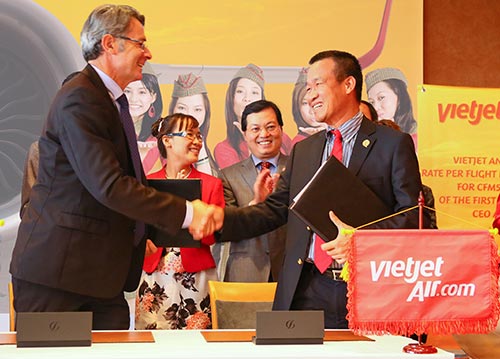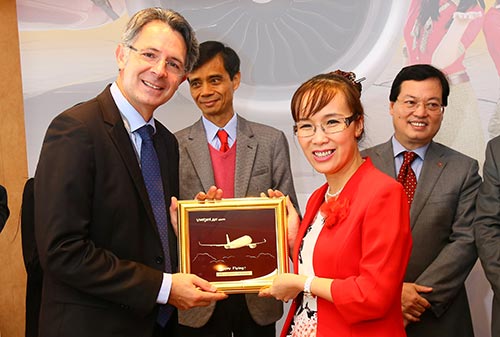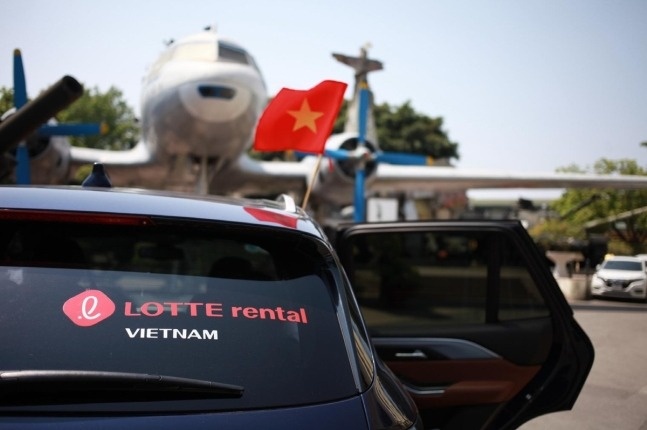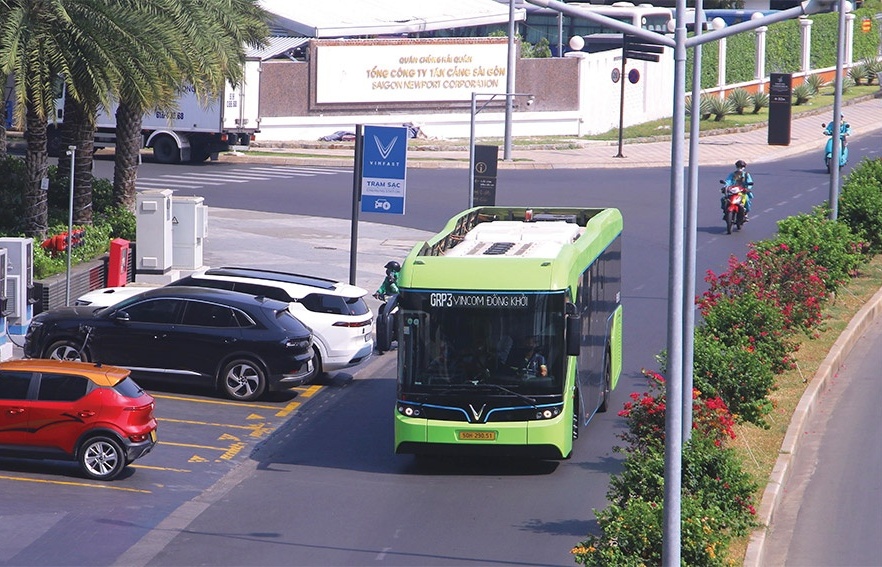Vietjet and CFM sign rate per flight hour agreement

Under the terms of the agreement, which is valued at $300million, CFM will guarantee maintenance costs for a total of 45 CFM56-5B engines on a dollar per engine flight hour basis and provide some spare engines for free. CFM 56-5B engines are a product of CFM International, a 50/50 joint company between Snecma (Safran) and GE (U.S). CFM, the world's leading supplier of commercial aircraft engines, has delivered more than 27,000 engines to date.

Based in Ho Chi Minh City, Vietjet has been a CFM customer since it commenced operations in late 2011 with leased 18 CFM56-5B-powered A320 aircraft. Earlier this year, the airline placed an $800 million order to purchase CFM56-5B engines to power 14 additional Airbus A320ceo (current engine option) and 7 A321ceo aircraft. As a result, the airline’s fleet of CFM56-5B engines is up to 39. Vietjet takes delivery of its first purchased aircraft after that.

"With this agreement, we are looking to CFM to help us keep our maintenance costs in check,” said Luu Duc Khanh, managing director of Vietjet. "They have proven themselves to be a real partner in our operations and will continue to be an asset to support our continued growth.”
“We are very happy to bring all of our expertise to Vietjet and help them keep their operating costs low,” said Gaël Meheust, vice president of sales and marketing for CFM parent company Snecma (Safran). “This airline has accomplished a great deal in a short amount of time and we are thrilled to be such an integral part of their team.”
All of Vietjet's new engines will be the CFM56-5B Performance Improvement Package (PIP) configuration. The PIP became the new production configuration for the CFM56-5B in 2011. The improvements, which is providing a 0.5% improvement in fuel burn, include hardware changes to the core, including new high-pressure turbine blade, as well as manufacturing changes the fan and compressor blades and vanes to improve performance retention. The engine maintains the same noise signature as the current production engine and meets current International Civil Aviation Organisation (ICAO) Committee of Aviation Environmental Protection standards (CAEP /6) requirements.
What the stars mean:
★ Poor ★ ★ Promising ★★★ Good ★★★★ Very good ★★★★★ Exceptional
Latest News
More News
- Samsung returns to top of the smartphone market: industry tracker (April 16, 2024 | 18:00)
- VitaDairy partners with KPMG Vietnam on digital transformation (April 16, 2024 | 16:38)
- Boeing says testing of 787 proves aircraft is safe (April 16, 2024 | 16:00)
- PwC rejects allegations on Evergrande audit (April 16, 2024 | 14:39)
- Vietnam’s agricultural products appeal to foreign customers (April 15, 2024 | 17:04)
- Businesses press for EPR guidelines (April 15, 2024 | 17:00)
- Planning for 30 airports to complete by 2025 (April 15, 2024 | 16:56)
- Apple announces Vietnam spending boost as CEO visits Hanoi (April 15, 2024 | 15:59)
- Norway stands ready to collaborate with Vietnam in EPR policy and practices (April 15, 2024 | 15:00)
- Accelerating Vietnam’s journey towards 5G (April 15, 2024 | 13:57)


















 Mobile Version
Mobile Version